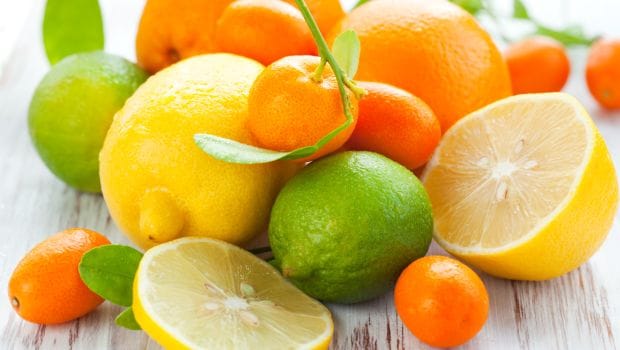



Researchers have identified an Australian strain of fungus that causes citrus rot, calling for effective controls to protect the citrus industry
A dark mark on the skin can detract from these positive associations, and many consumers will be put off buying them. A dark, tear-shaped mark is often a sign of the fungal disease anthracnose, which is a a major issue for international citrus producers, having been reported from citrus production areas in 22 countries.
The disease affects citrus in the pre-harvest stage by reducing tree health and yield in the orchards while post-harvest anthracnose affects fruit quality, reducing the marketability of the fruit as a result of dark markings.
Australia is a major citrus producer with lemons, oranges and mandarins grown in every mainland state. There is approximately 26,000 hectares of citrus production in Australia.
In 2017–18 Australia’s orange, mandarin, lemon, lime and grapefruit production was valued at $A786 million, generating $A428 million worth of exports. Major export markets include China, Japan, Hong Kong, Malaysia, Indonesia, United Arab Emirates, Singapore, the USA and Thailand.
Any post-harvest anthracnose infection may also be a biosecurity risk for the importing country, which would damage Australia’s reputation in the international citrus industry.
A research group at the University of Melbourne analysed Colletotrichum collected from samples of anthracnose lesions on citrus leaves, twigs and fruit from Victoria and New South Wales, as well as from State fungaria (the Victorian Plant Pathology Herbarium (VPRI), the Queensland Plant Pathology Herbarium (BRIP) and the NSW Plant Pathology Collection (DAR).
The study identified six Colletotrichum species infecting Australian citrus. One of these is a new species – Colletotrichum australianum – named after the country where the pathogen was first identified.
The results revise current thought about the diversity of Colletotrichum species that cause anthracnose of citrus in Australia. Among the four species that have been previously reported as pathogens associated with citrus anthracnose in Australia, only C. fructicola and C. gloeosporioides were found in this study.